When talking about wildlife in India, Sundarbans will always be on top of the list for many. Richness of mangrove forest makes it one among the world’s best to see and learn about this Eco system. Sundarbans is a tiger reserve, national park, biosphere reserve and also an UNESCO world heritage site.
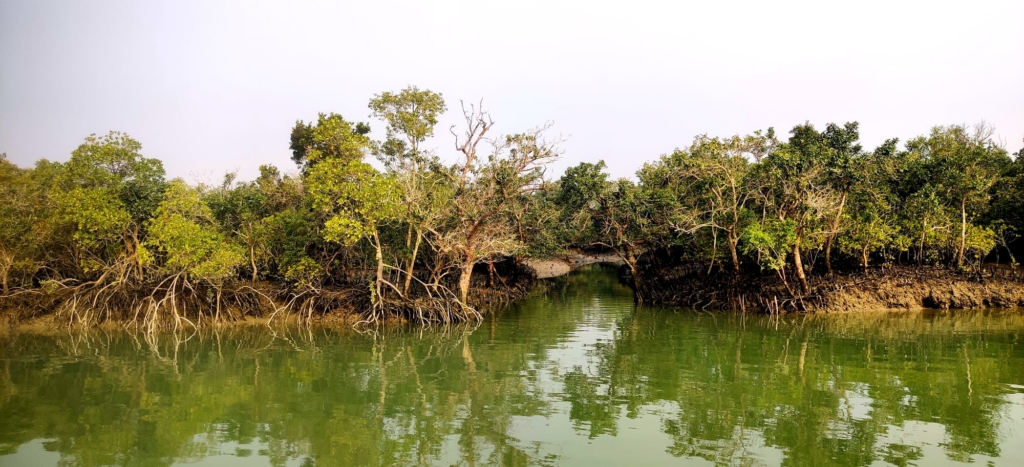
Sunderbans is a large delta spread across 40,000 sq. km between India and Bangladesh. Sundarban name is believed to be derived from Sundari tree which is one of the dominant mangrove tree species here. “Sundar-ban” also means “beautiful-forest” in local Bengali dialect.
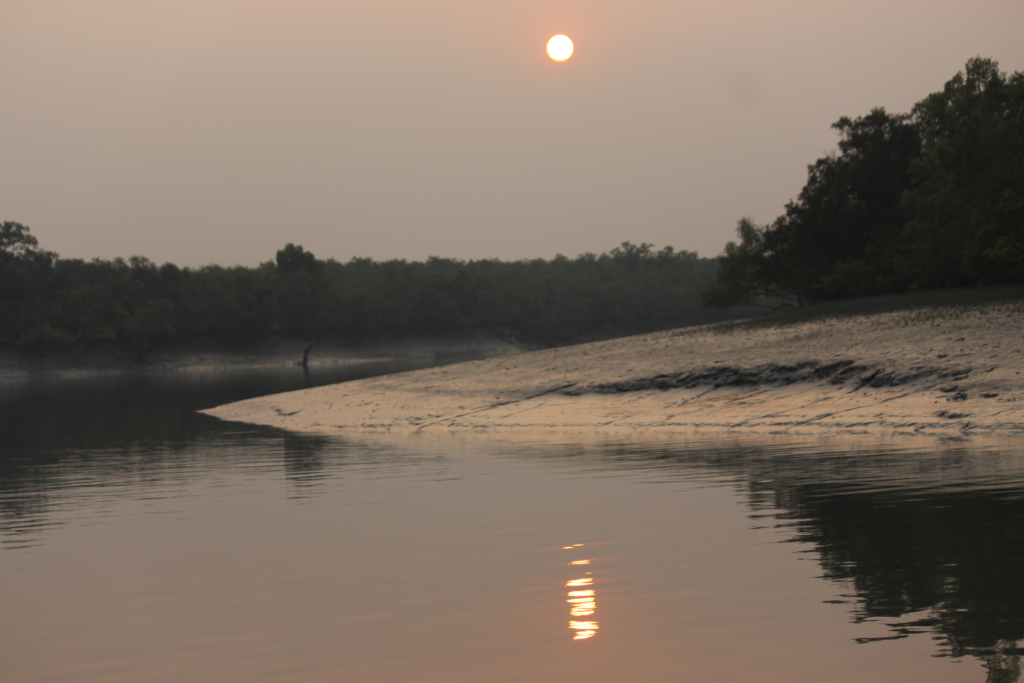
We reached the jetty, took a boat to an Island named Gosaba. It is the most developed of all Sundarban’s deltaic islands. Visited the local market and took a tuk-tuk through the villages to another end of Gosaba. Then a boat ride to reach the Island of Satjelia where we will stay for next few days.
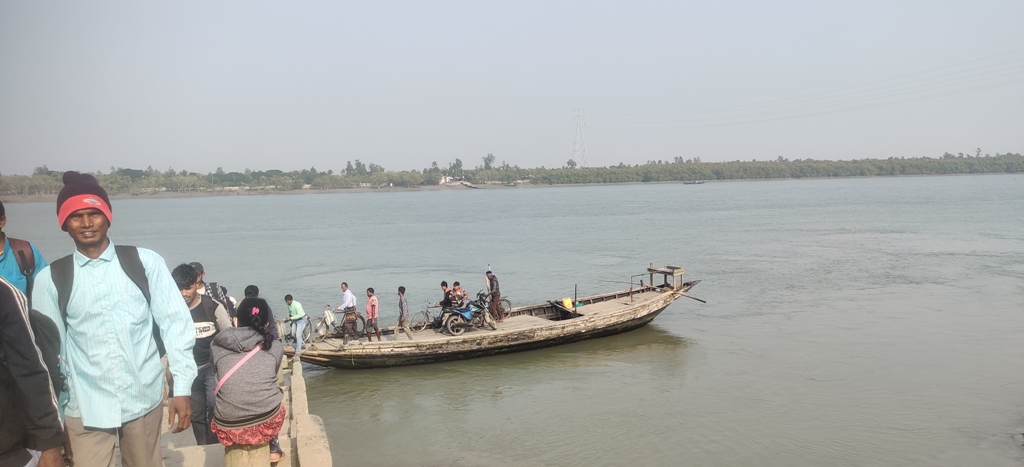
All houses in Sundarbans have a big pond to store fresh(rain) water . As this is a backwater area, it’s difficult to get fresh water for livestock. Fishes are also grown in this pond for their own use.
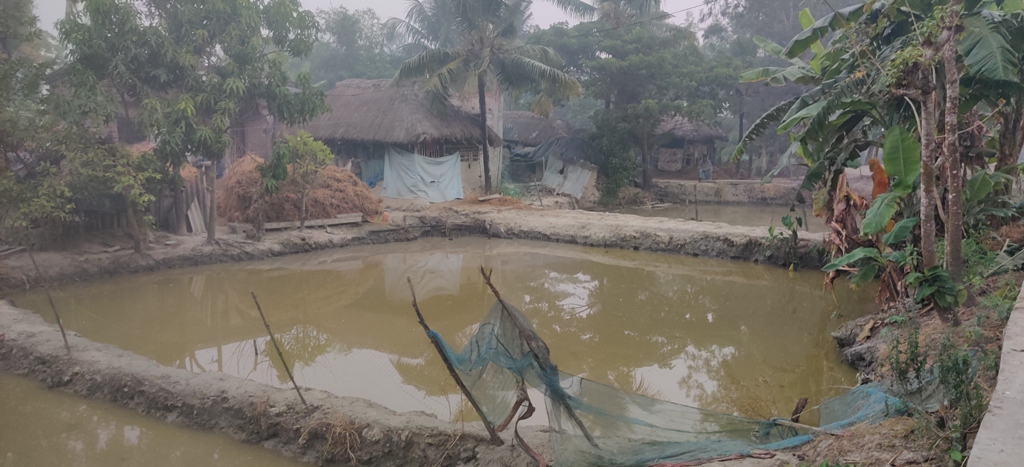
We checked-in to the guest house(Backpacker Eco Village) in Satjelia and friendly host Rajesh welcomed us. After lunch went around the village for some birding and then took a country boat to go near the mangroves. It was late evening, sunset was magnificent as we sailed through narrow creeks to have some sight of birds.
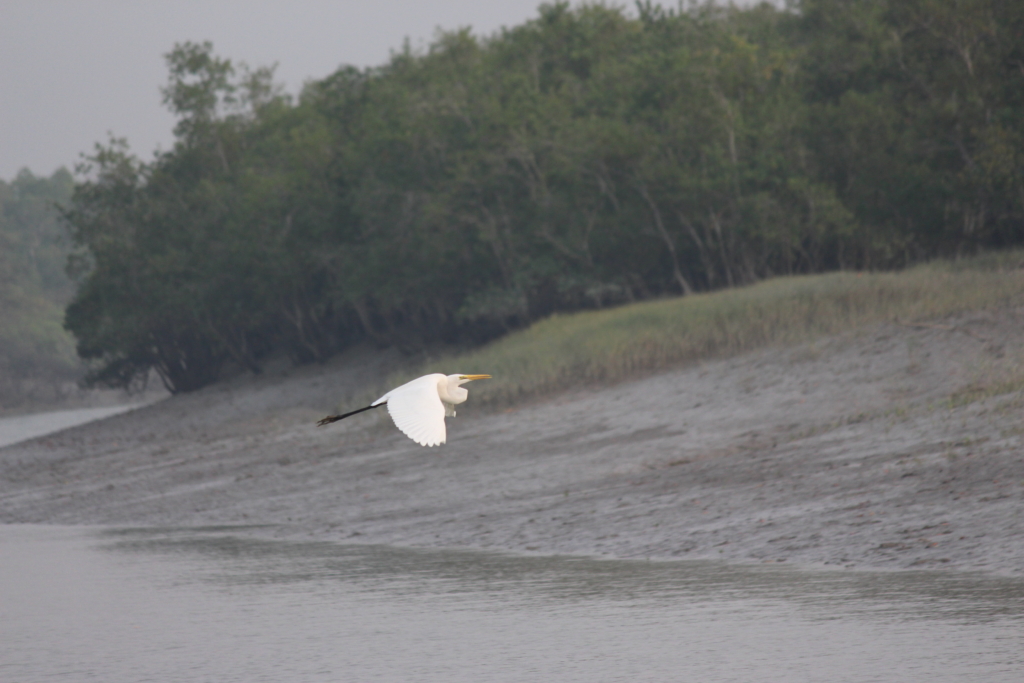
After dinner, we again set out to mangrove forest to look for some Planktons. Could see beautiful fluorescent colors while we shook our hands in the water. Boatman stopped the boat inside a mangrove forest for sometime, the sounds of forest, clear skies filled with stars and ofcourse some Sundarban wild stories from our guide made our day. We were all the more excited now for next few days to come in Sundarbans.
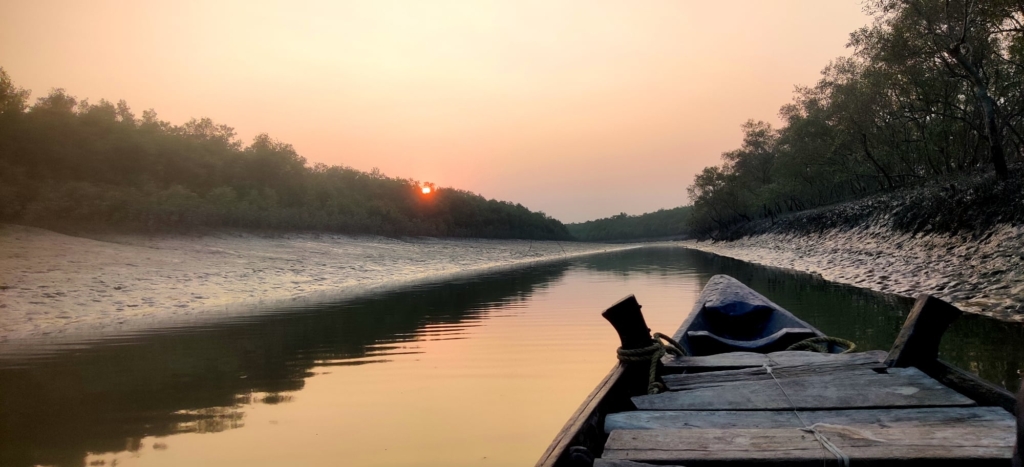
Early morning by 5.30 am started from guest house towards Sajnekhali wildlife sanctuary to do the necessary formalities and get a forest department guide. On the way grocery items were got and cook was also picked up from Gosaba.
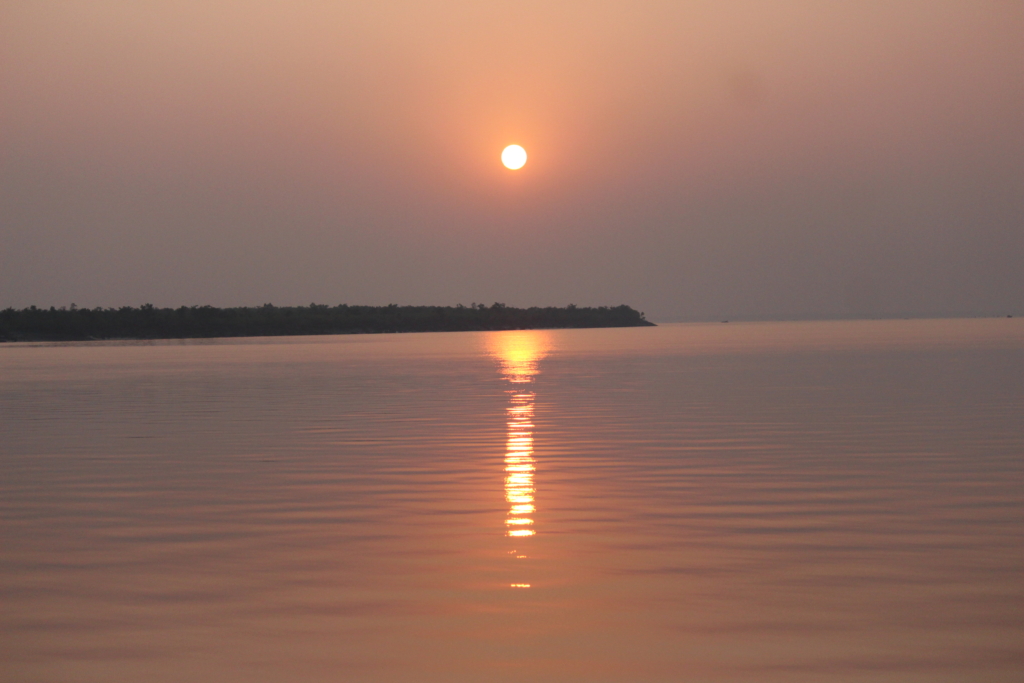
About 7 am we entered the wildlife sanctuary. Entire safari in Sundarbans will be on the boat and best chance of seeing wildlife is when they come out to bask in sunlight or while swimming in water to move between islands. Sundarbans is one place where you can see the Royal Bengal Tiger while swimming.
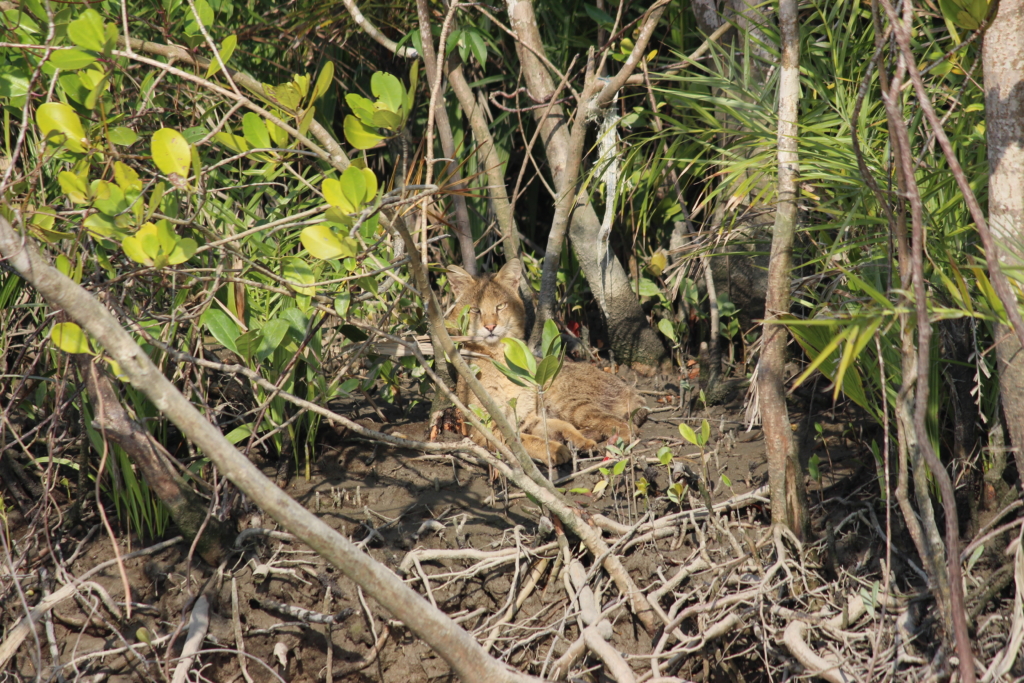
Winter mornings are always beautiful in the reserve forest. It’s cold, misty, visibility wasnt great but this made the place very scenic. Our first sighting of the day was a Jungle cat (or the swamp cat). A big male was resting near the backwaters to get some sunlight. It was a very good sighting to start the day with. We were hoping to see leopard cat, fishing cat and ofcourse the big cats (Tigers) .

Within next few hours we saw six species of Kingfishers – Black Capped, Collared, Brown Winged, Common, White throated and Pied. Out of these first three are rare to see else where, specially back home in south. Another good sighting of the day was Peregrine Falcon. It is considered as the fastest bird in terms of flying speed. And saw many more interesting birds as well.
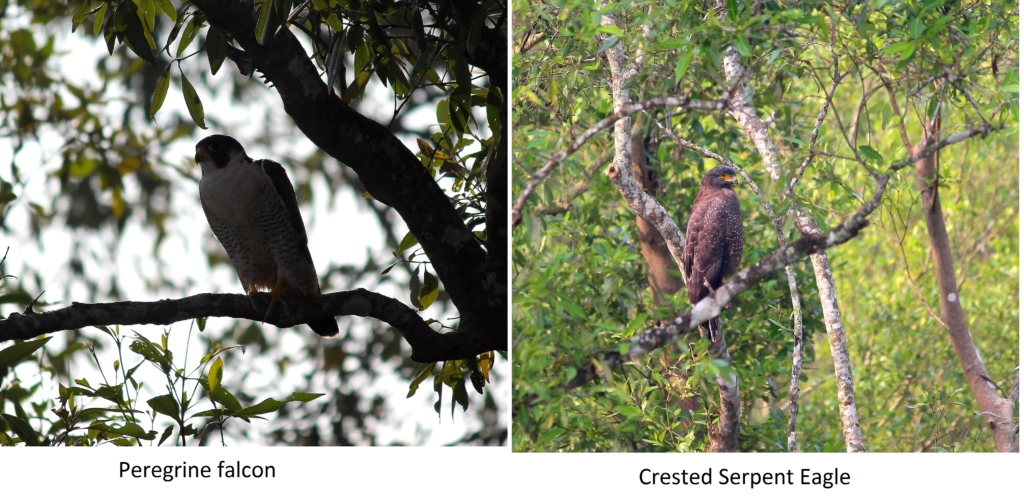
Little later our guide found a huge crocodile resting in the marshy mangrove area. Took our boat as close as possible to get the best view of it and clicked some pictures before moving away. But still no luck with the tigers yet. As we went closer to an Island, saw lot of pugmarks and our guide said we are close to the big cat.

Next hour or so we went around that island hoping to get a glimpse of the swamp tiger. There is a saying in Sundarbans “you may not see a tiger but a tiger is always watching you”.

We weren’t lucky enough to see one that day but got to know a lot about Sundarbans, it’s eco-system and of course the tigers from the knowledgeable guides. Unlike in other places Sundarban tigers generally donot mark their territory with spraying or marking on trees since there is continuous high and low tide every six hour once, water tends to wash away these markings. Some even call them as nomadic in nature with no fixed territory which is strange when comes to tigers. By sunset we had to come out of the jungle and enjoyed the sunset along with a hot cup of chai on the boat.
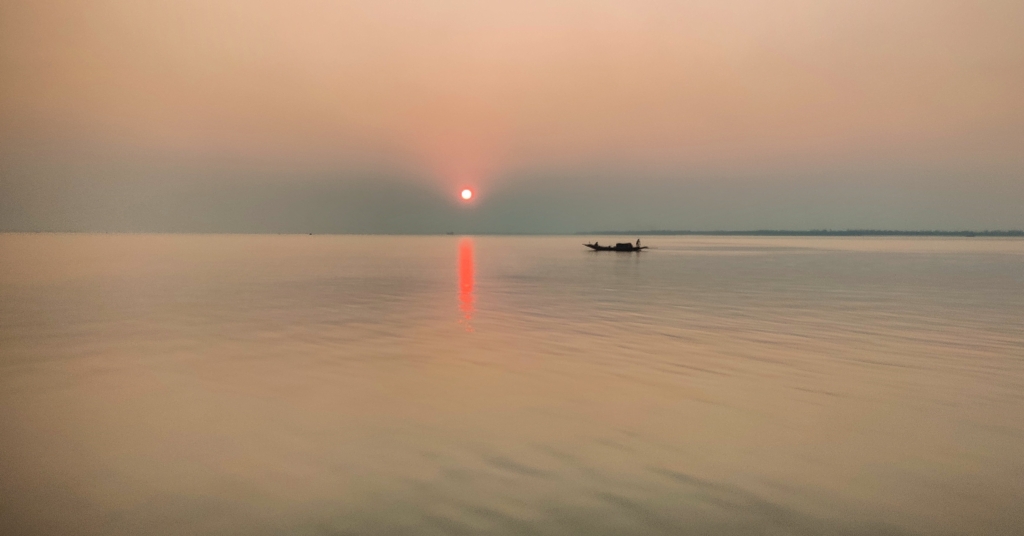
Following day we started even early and entered the forest by 6am exact, it looked magical. Sunrise, narrow creeks, birds chirping, Rhesus monkey trying to catch a fish or a crab, spotted deer grazing, crocodile and yes loved every moment of the morning in wild.

Although tiger sighting didn’t happen but we were definitely not disappointed. Later on in the day saw a water monitor. I was having Tea sitting at edge of the boat and saw crocodile in water just few meters away from me.

It’s very interesting to know how species have adapted themselves to this environment. Animals like tiger, deer, boar, etc are generally known to drink fresh water but in Sundarbans they only have an option of drinking the salt water and they have adapted to it very well.
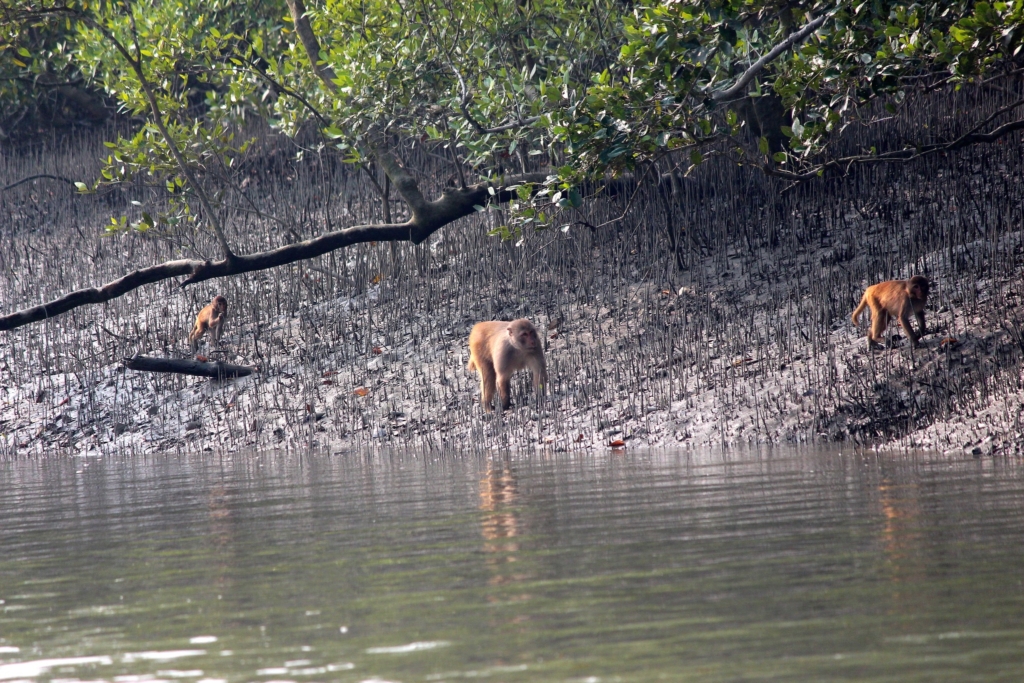
Only good swimmers have a place here in Sundarbans. Without swimming they cannot move between islands to find food and will be unfit for this environment. This region also faces harsh cyclone sometimes.
A reason why they call Sundarban tigers as man-eater is because they are aggressive due to drinking of salt water. Unlike other grass lands or forests, Sundarban is a swampy region they get injured due to breathable roots of mangroves or by other means easily. Catching a prey also becomes very challenging compared to other forests. Sometimes human become an easy prey for them. Sundarbans is a very challenging place for every living being.
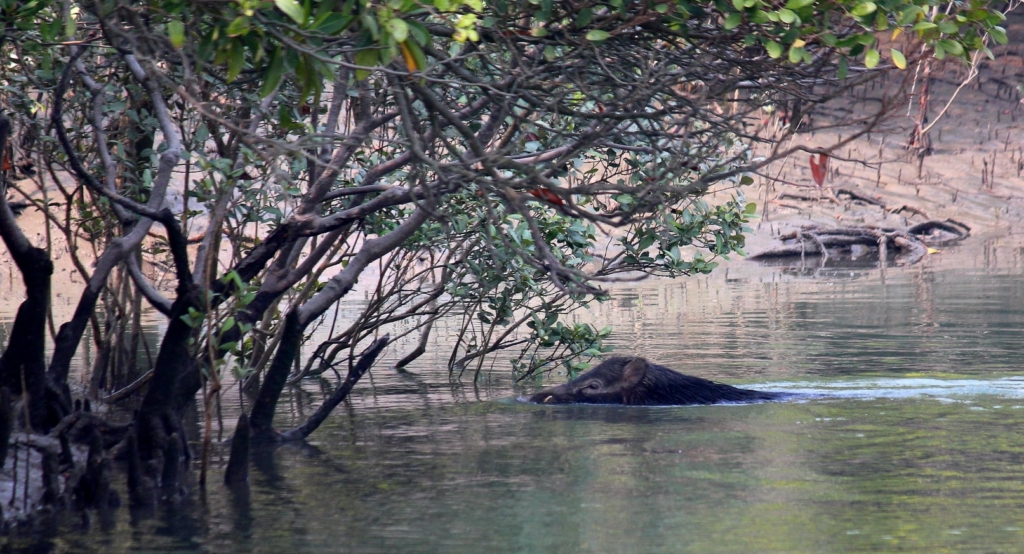
On our last day we thought will skip the safari and go around the villages talking to locals and their conflicts with wild animals. Fishermen, honey collectors and others before heading to forest pray the Goddess named Banbibi. She is worshiped by both Hindu and Muslim communities in West Bengal and Bangladesh in order to protect them from tiger attacks while in forest.

A villager said few times his colleagues on duty in the forest were preyed in front of him. A fisherman said one person was pulled from his boat and taken inside the jungle. Also he survived an attack himself once, he escaped by slapping the water and making some loud noise to scare it away.
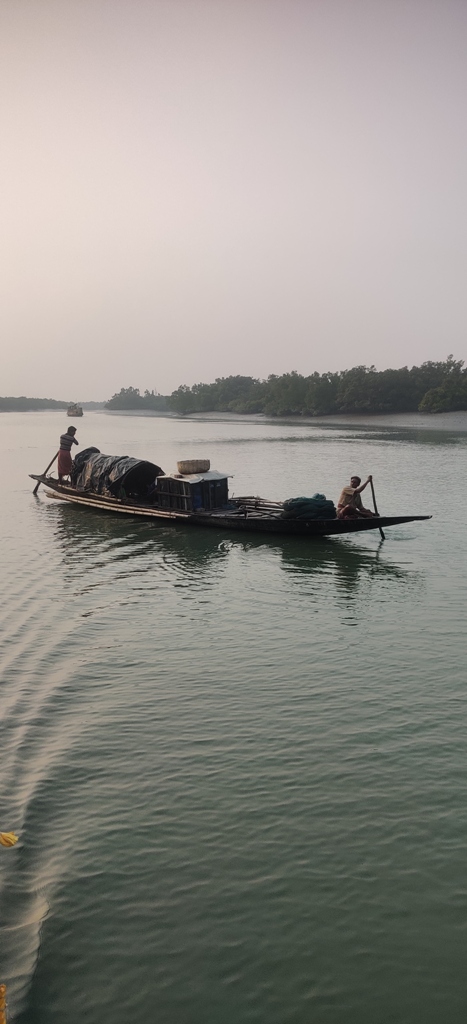
As said earlier, it is a challenge for everyone to live in Sundarbans. People say their only source of income is dependent on forest and conflicts happen frequently. Raising sea level due to global warming is another concern and in future there is a chance of Sundarbans getting submerged in water.

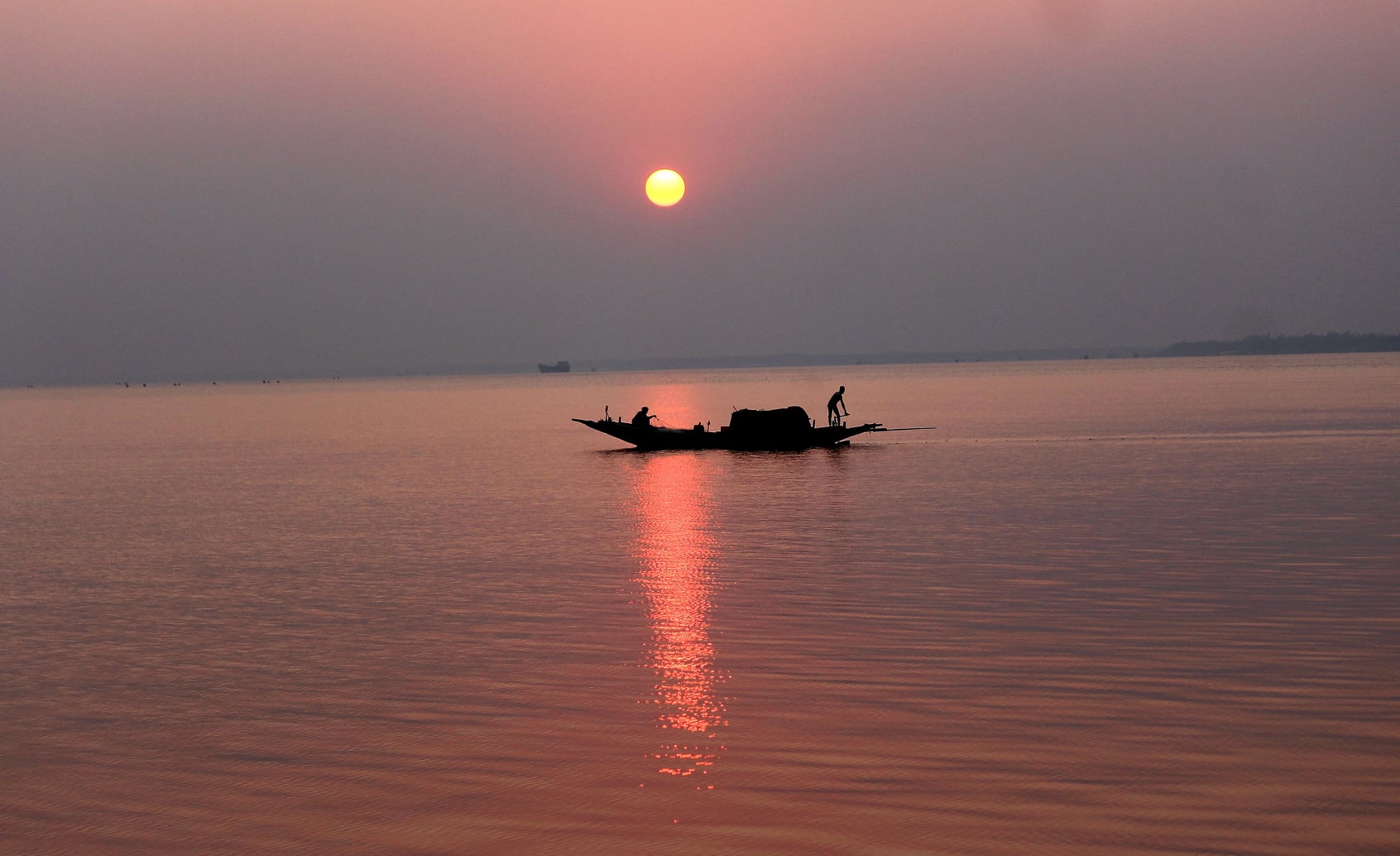
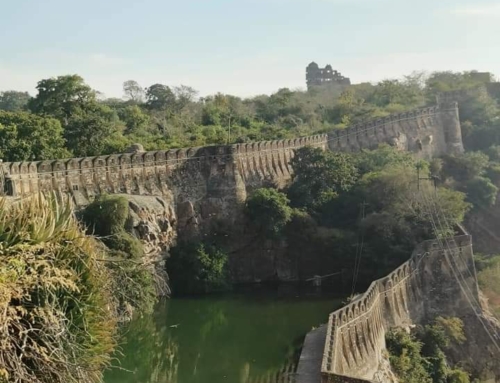

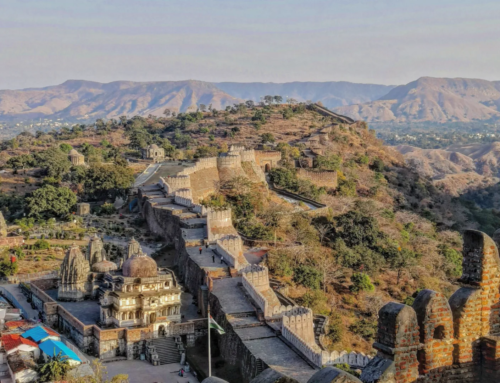
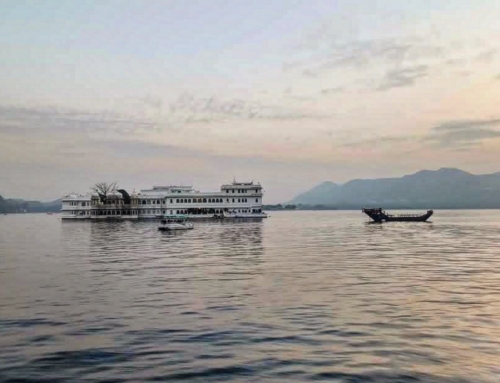
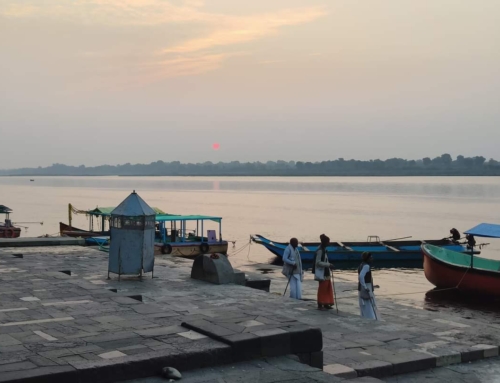
Leave A Comment